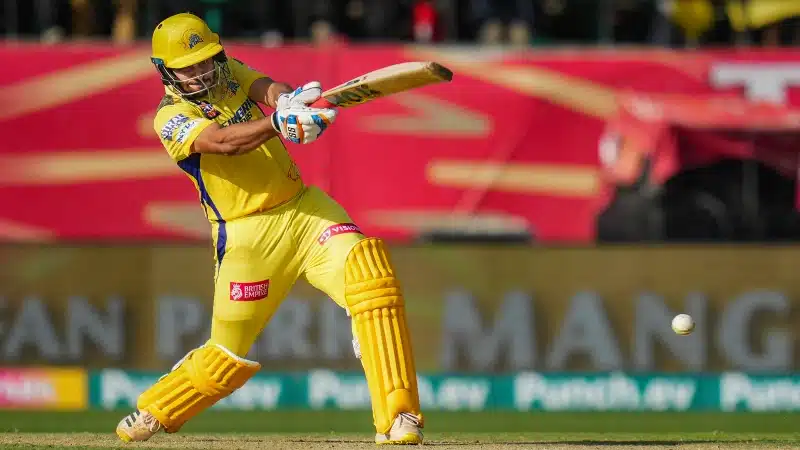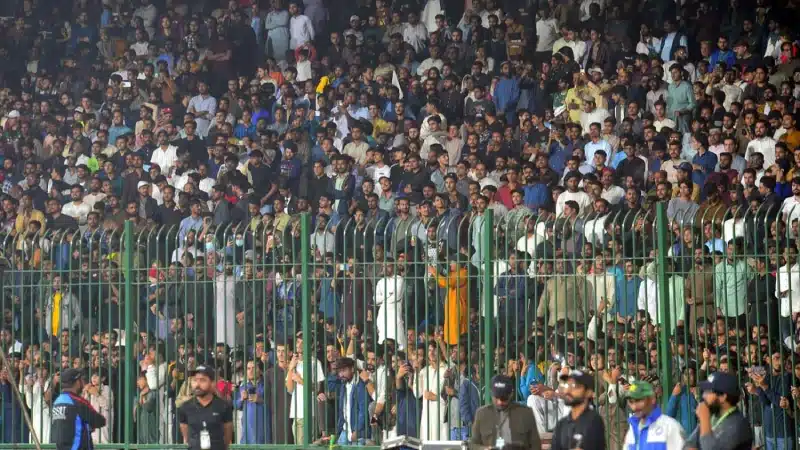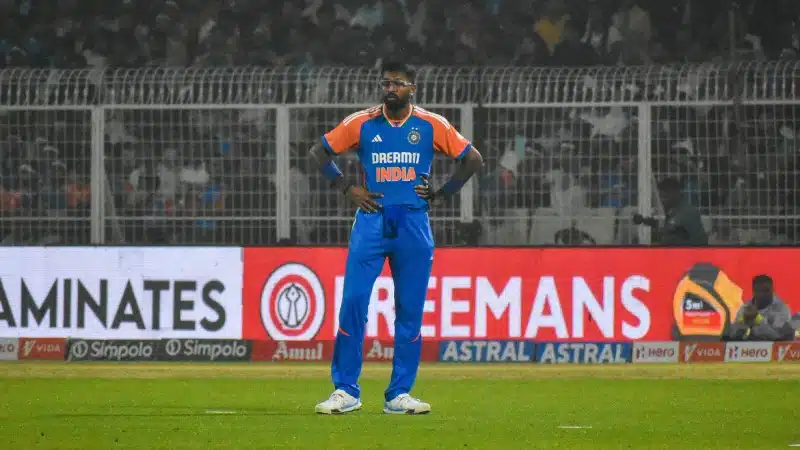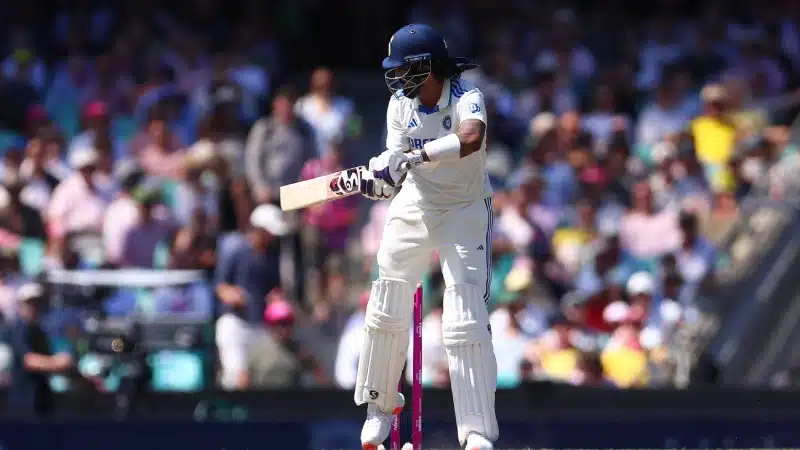
The sound of leather on willow has always soothed the ears of cricket lovers, but like in the world of music, only the correct use of the instruments - bat and ball - can produce a beautiful symphony.
The cricket ball - in particular - has undergone a few improvisations since cricket was first introduced in the late 16th century with the latest being the smart ball.
Today, there are multiple cricket ball manufacturers with Kookaburra, Dukes and SG being the biggest names in the market. It’s also worth mentioning that the weight of cricket balls is uniform across formats and varies only depending on the level or standard of cricket one is playing.
When was the first white ball used in cricket?
Red balls are the earliest type of cricket balls used to play competitive cricket. They were used for all forms of the sport until 1977, when white balls were introduced at the World Series Cricket in Australia.
How is a cricket ball made?
String, leather, and cork are the three materials that make up a cricket ball. A cork core provides weight and bounce, and then a string is tightly wound around it. Afterwards, the string and cork are wrapped in leather with a roughly stitched seam, giving bowlers an ideal grip to hold the ball when bowling.
It takes between two and three weeks to manufacture a cricket ball. Although the actual manufacturing process takes less than two to three weeks, the additional period is used to get the freshly manufactured balls to settle down.
What's the difference between red and white cricket balls?
While there are no manufactural differences between red and white cricket balls, the colour sets them apart.
With one-day international matches played under floodlights, white cricket balls were introduced as they have more visibility at night than red balls.
If anything, the longevity of the two cricket balls also sets them apart and rightly so, given a white cricket ball doesn’t last more than 30-40 overs on single use. This makes it applicable in the limited-overs format like ODIs and T20Is.
As for the red ball, one ball would last equal or greater than 80 overs, and the call to change or continue with the same ball would rest with the bowling team.
What is a pink ball?
Following the advent of the day-night Test in 2015, the cricket world was introduced to a new ball - dubbed the ‘pink ball’.
This cricket ball was introduced to answer two specific drawbacks - the red ball is unsuited to night tests due to poor visibility, and the white ball is unsuited to first-class cricket as it wears down quickly.
If there is any difference between pink ball and red ball, it is just the coating.
What is the weight of a cricket ball?
The British Standard BS 5993 specifies the construction details, dimensions, quality and performance of cricket balls.
According to the law, a new men’s cricket ball shall
- weigh from 5.5 ounces/155.9 g to 5.75 ounces/163 g
- measure from 8.81 in/22.4 cm to 9 in/22.9 cm in circumference.
In women’s cricket, the cricket ball shall:
- weigh from 4.94 ounces/140 g to 5.31 ounces 151 g
- measure from 8.25 in/21.0 cm to 8.88 in/22.5 cm in circumference.
In junior cricket (Under 13), the cricket ball shall:
- weigh from 4.69 ounces/133 g to 5.06 ounces 144 g
- measure from 8.06 in/20.5 cm to 8.69 in/22.0 cm in circumference.
Featured photo : Alessandro Bogliari / Unsplash






















